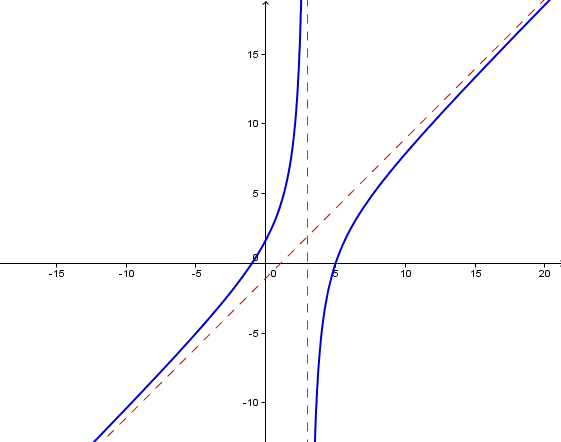January 2013 – The Most Popular Posts
It’s the first edition of the Month in Review for the year 2013. Below are the most popular posts for the first month of 2013 in terms of the number of shares.
- 6 Awesome Sites for Learning Number Properties
- Ted Talk: Robert Lang on the Mathematics and Magic of Origami
- 14 Useful Sites on Paper Folding Instructions and Origami Tutorials
- The Trigonometric Ratio Hexagon
- The Polynomials that Generate Prime Numbers
- The Cycloid and the Pendulum Clock
- Graph Sketching 1: 4 Easy Ways to Graph a Linear Function
- Curve Sketching 3: Understanding Vertical and Horizontal Asymptotes
Explore Math and Multimedia
- To view Math and Multimedia’s posts by month, visit the Archives page.
- To view Math and Multimedia’s posts by category, visit the Post List page.
- To view the Math and Multimedia’s structure, visit the Sitemap page.
If you like Math and Multimedia, you are invited to join the 2000 subscribers. » Read more

